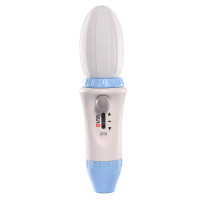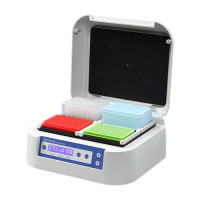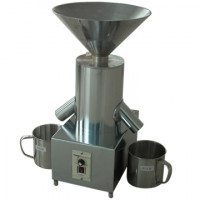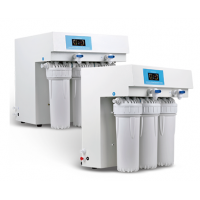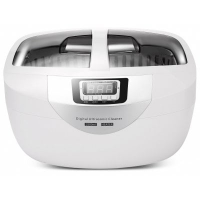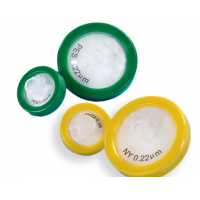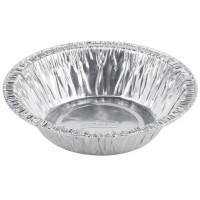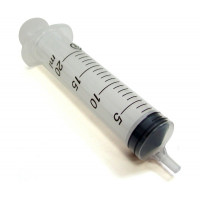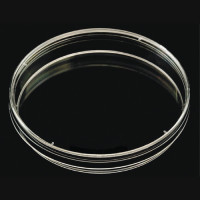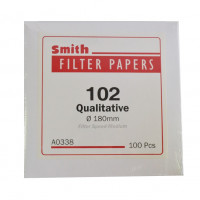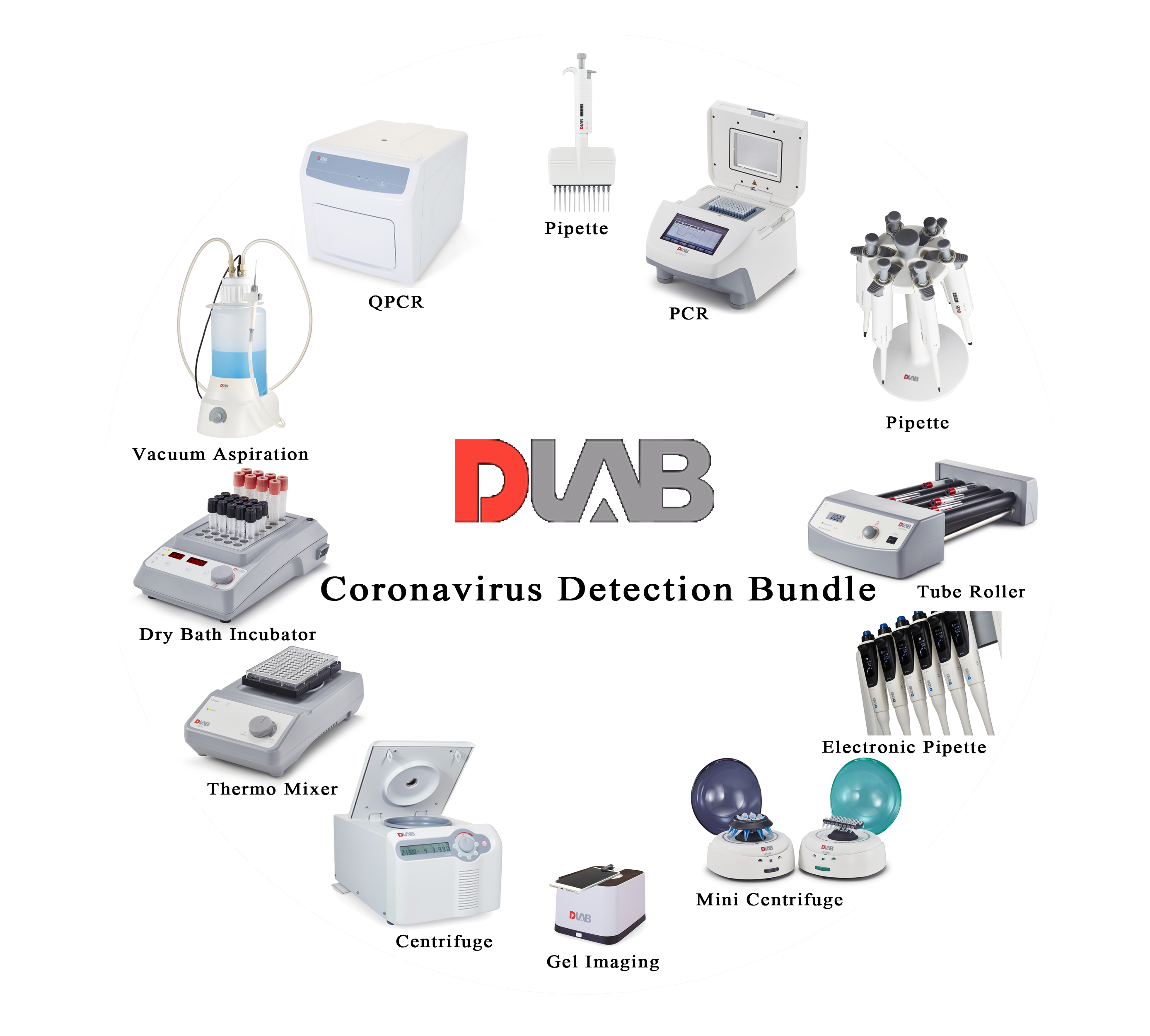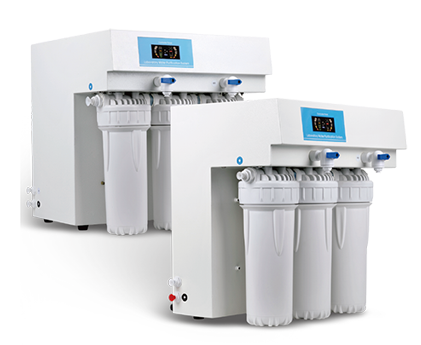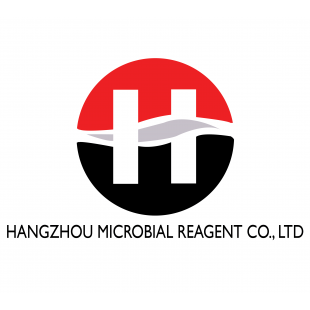Ask Question About Product
Description:
This versatile medium, modified by Levine1,2, is used for the differentiation of Escherichia coli and Enterobacteria aerogenes, for the rapid identification of Candida albicans, and for the identification of coagulase-positive staphylococci.
The medium is prepared to the formula specified by the APHA3,4,5,6 for the detection and diff erentiation of the coliform group of organisms7,8.
Weld9,10 proposed the use of Levine eosin methylene blue agar, with added chlortetracycline hydrochloride for the rapid identification of Candida albicans in clinical materials. A positive identification of Candida albicans could be made after 24 to 48 hours incubation at 37°C in 10% carbon dioxide from faeces, oral and vaginal secretions, and nail or skin scrapings. Vogel and Moses11 confirmed the reliability of Weld’s method for the relatively rapid ide ntification of Candida albicans in sputum. They found that use of eosin methylene blue agar was just as reliable as more conventional methods for the identification of this organism in sputum. In addition, the medium provided a means for the identification of several Gram-negative genera. Doupagne12 also investigated the use of the Levine medium under tropical conditions.
Haley and Stonerod13 found that Weld’s method was variable so that Walker and Huppert14 advocated the use of corn meal agar and a rapi d fermentation test in addition to the Levine medium. Using the combined rapid technique they were able to obtain results within 48 to 72 hours.
Subsequent to the findings of Vogel and Moses11, Menolasino etal.15 used Levine eosin methylene blue agar for the identification of coagulase-positive staphylococci which grew as characteristic colourless, pin -point colonies. The Levine medium was more efficient than tellurite glycine agar and showed good correlation with the plasma coagulase test.
Specification:
250g

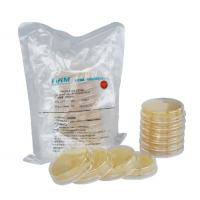
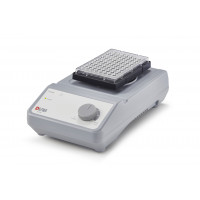
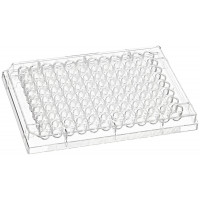
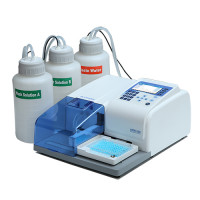
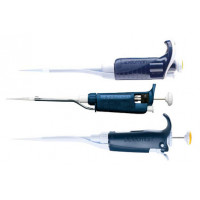
-200x200.jpg)
